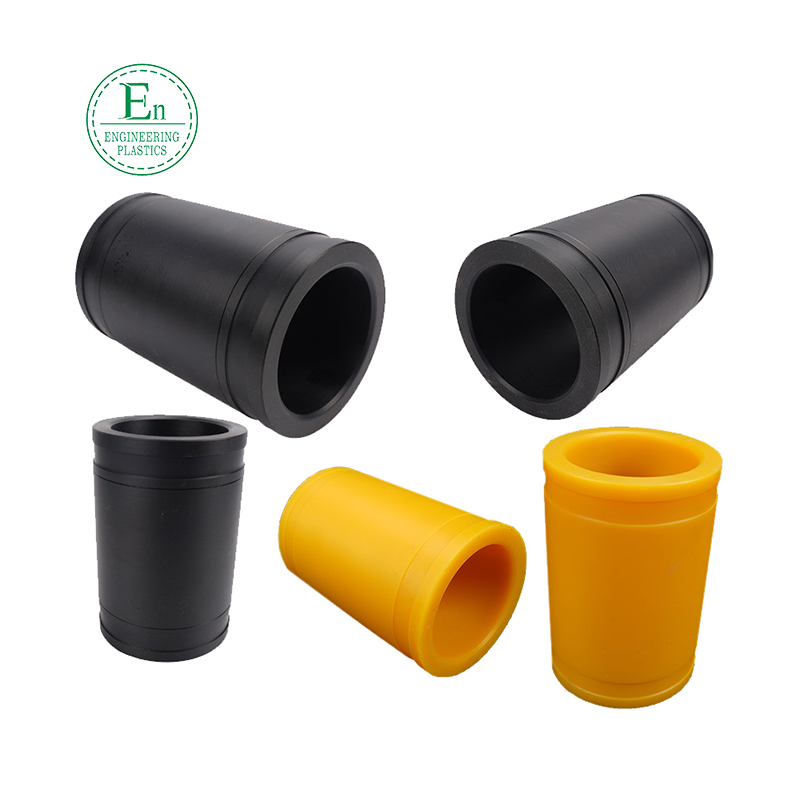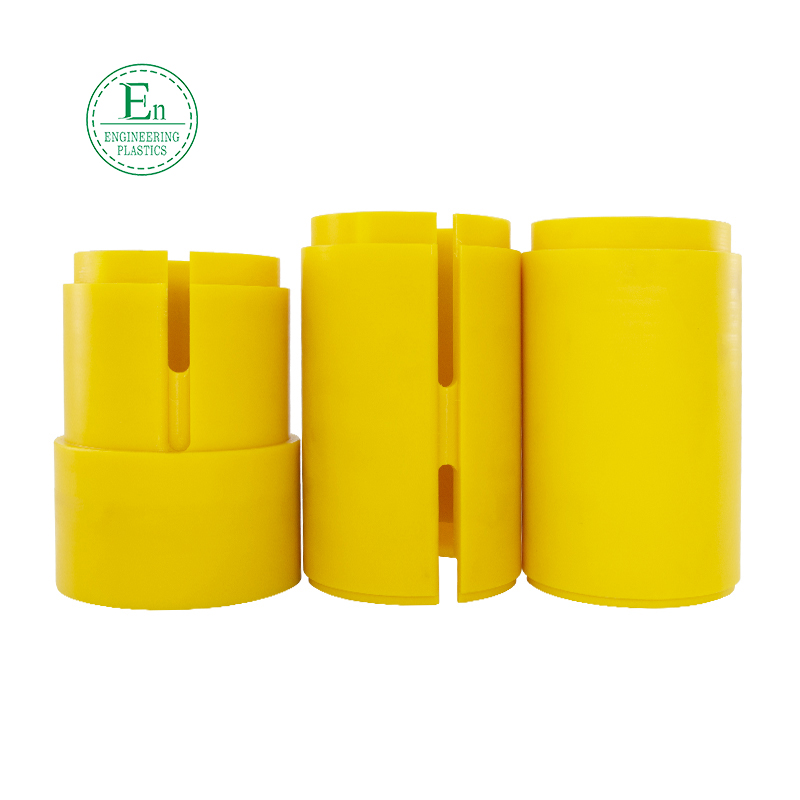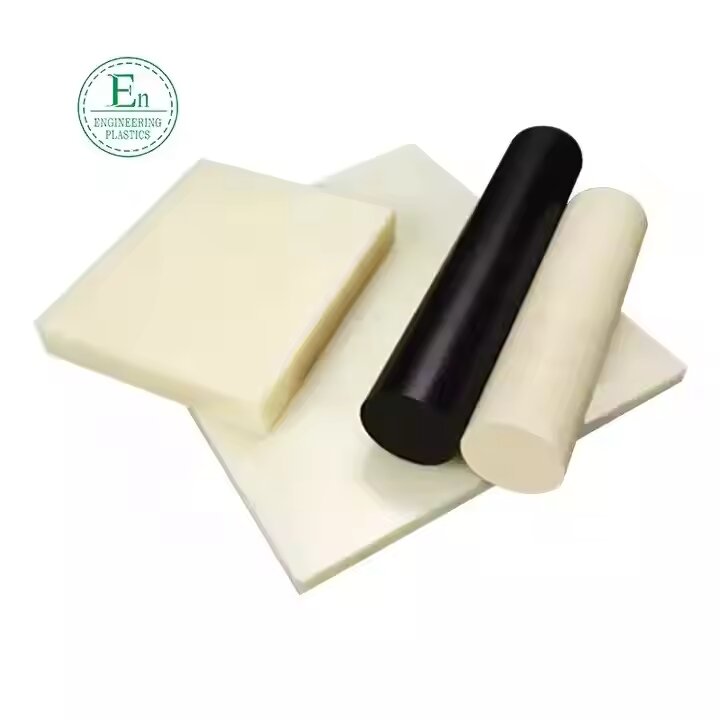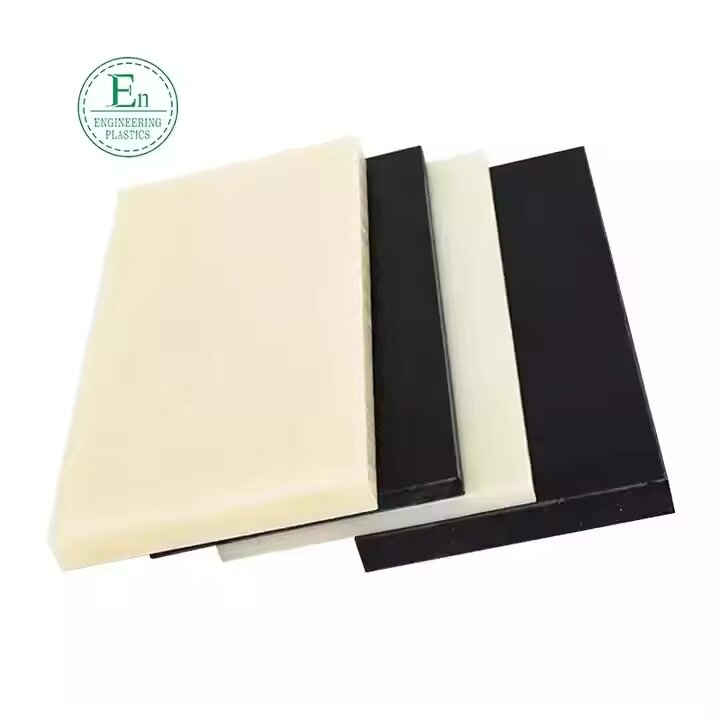Introduction to Plastic Injection Molding
Plastic injection molding is a manufacturing process that has revolutionized the production of plastic products worldwide. It involves the creation of unique, intricate shapes from thermoplastic and thermosetting polymers using molds. This method offers high precision, efficiency, and versatility, making it a top choice for industries ranging from automotive to consumer goods.
Advantages of Plastic Injection Molding
One of the standout benefits of plastic injection molding is its ability to produce complex designs with ease. The technique allows for the creation of sophisticated molds, accommodating detailed designs with high precision. Additionally, the process is incredibly efficient, with the capability of producing large quantities of identical products quickly. The materials used in plastic injection molding are recyclable, contributing towards environmental sustainability.
Applications of Plastic Injection Molding
Plastic injection molding finds applications in a wide array of industries. In the automotive sector, it is used to produce dashboards, bumpers, and other essential components. The medical industry benefits from this method to create equipment like syringes and casing for medical devices. Consumer electronics rely on plastic injection molding for the production of housings for gadgets, while the packaging industry uses it for containers and lids.
Choosing the Right Materials for Injection Molding
Selecting the right material for plastic injection molding is crucial to the final product's functionality and durability. Common materials include polycarbonate, ABS, nylon, and polypropylene, each offering unique properties such as strength, transparency, or flexibility. It’s important to consider the application of the product, environmental conditions, and desired aesthetic while making a choice.
Innovations in Plastic Injection Molding
The field of plastic injection molding is constantly evolving, with innovations like 3D printing molds and advanced automation enhancing the process's efficiency and capabilities. These advancements contribute to reducing production costs and lead times, making this method even more appealing to manufacturers. As technology progresses, the quality and precision of injection molded products continue to improve.
Conclusion
In conclusion, plastic injection molding stands out as a crucial manufacturing process due to its efficiency, versatility, and ability to create high-quality products. It is essential for industries striving for cost-effective production and eco-friendly practices. As technology continues to advance, embracing innovations in this field will open up further possibilities and applications for businesses worldwide.








